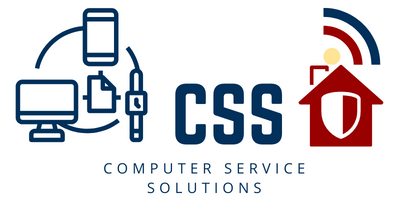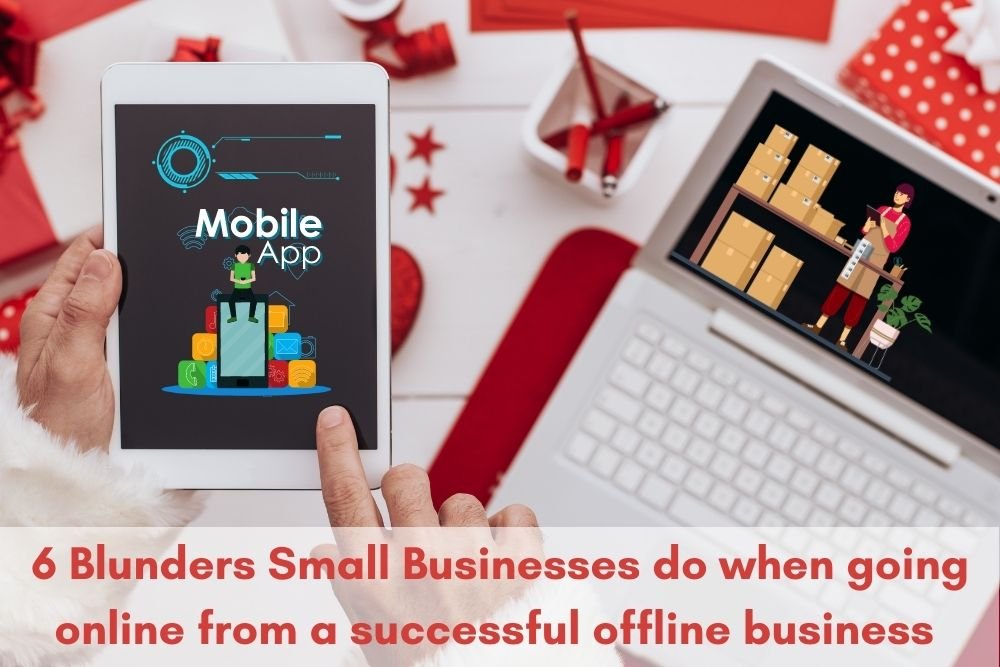6 Blunders Small Businesses do when going online
I have worked with various businesses from a small business with 150 users to a Government project that aims to target 1Cr users as a tech consultant last year and realized there is a huge problem with their planning and strategizing to scale using technology to reach a worldwide audience when they are doing very good locally in their offline network.
This is the problem with mostly coaching institutes, Edtech, e-commerce, and businesses that are now going for apps for their operations.
- In the initial stages of expansion, they plan for 100k+ users and hence spend based on that number. Any small business going for an app to target audience and get users online is mostly bootstrapped which means they will be investing from the revenue they have made from offline business. See at this stage your plan should be in such a way that first makes your app perfect for the first user, then for 100-1000 users. And then go for 10k on your own, because even if you are the best and offering the best, you will be able to make retainers with 20% of users only and more than 70% of them will be just one-time users. So if in the first 10k users, you have 2k regular users, it means you can scale and money can come from any investor or angel investors, or even VCs. And that will give you more credibility and insights into how those modifications can make your app perfect for the next 100k to 1M users. Save your resources and money to invest in acquiring users and giving value.
- They don’t understand that the applications need modification with the number of users like an architecture used for an app with 100 users needs to change for 1k users and the same needs to happen for 10k and 100k users. So whenever you are converting the operations to processes, understand what needs to be automated and what can go well with human intervention. Most of the time you will find that human intervention becomes important in small businesses and you could have done some cost-cutting with that initially. Because eventually having 10k users give you revenue and bandwidth to ask for more money for the betterment of the app and experience.
- Don’t think about the final product, look for the first version with the necessary features to launch with proper testing and security as data becomes more important today. 86% of the apps made can be easily hacked from Owasp Top 10 attacks of recent years. Follow the DevSecOps approach. Use the right SDLC. And choose the right development vendor who gives timelines that are for real. Because most of them will say they will do it in 100 days(for any normal app) but it will be going to take 150 days because they don’t include holidays, design, and delays just to look prompt.
- Track your updates or progress daily via 20 min online call to be on top of what is going on with your product.
- Not every project needs a big development agency. Not every business initially needs an app. Go with the website first approach and then as per response go for the app. There are ways to even save money with the app as well. Even when you need an app as an essential, going with something like a react native app over a completely native app that uses Swift or kotlin is fast and less expensive with more scalability features if needed.
- Never discuss only requirements, provide complete features, sub-feature, and user journeys with tasks in the hierarchy. Discussing just requirements becomes vague and sometimes a lot of companies do jugaad by redirecting the services to cut their costs which leads to you giving a less trustable app to your users.
If you want to get an example template for this type of scope of work, download it for a admission module based on entrance test which we have prepared for one of our client
Download school web app SOP free
Get web development services in Uttam nagar in Rs. 25k only
2 thoughts on “6 Blunders Small Businesses do when going online”
You must be logged in to post a comment.


[…] post 6 Blunders Small Businesses do when going online appeared first on Computer Service […]
[…] post 6 Blunders Small Businesses do when going online appeared first on Computer Service […]